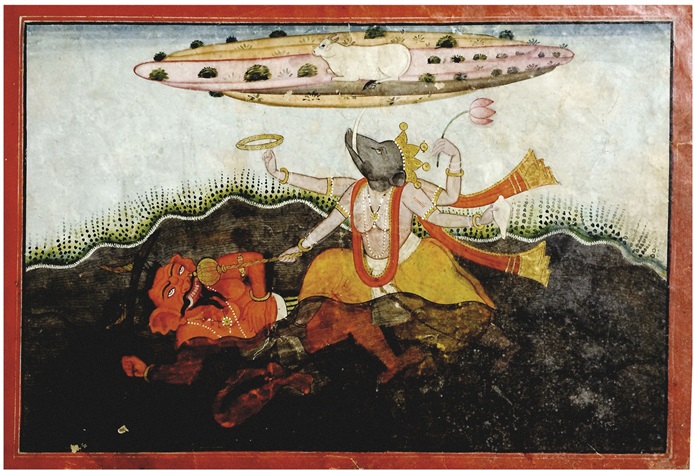Devuni Kadapa – Sri Venkateswara Swamy Temple There are many famous temples in Kadapa District. Devuni Kadapa Sri Venkateswara Swamy Temple is one of the most famous and ancient temples in Kadapa District, Andhra Pradesh. The temple is at a distance of three kilometres away from Kadapa. It is in the area of Kadapa Municipal Read More
Tag: varaha kshetram
After reaching Tirumala as per Kshethra Sampradaya (tradition) Ramanujacharya had the darshan of Sri Bhoo sametha Adivaraha Swamy (varaha kshetram)
Varaha Kshetram – Manifestation of Sri MahaVishnu
Varaha Kshetram The Seven Hills of Tirumala in total is being called ‘Varaha Kshetram‘. Sri Venkateswara Swami and Sri Varaha Swami temples are located here. Having the first darshan of Lord Varaha Swami, the darshan of Sri Venkateswara Swami later by the devotees has been a practice for several years and is the specialty of Read More

